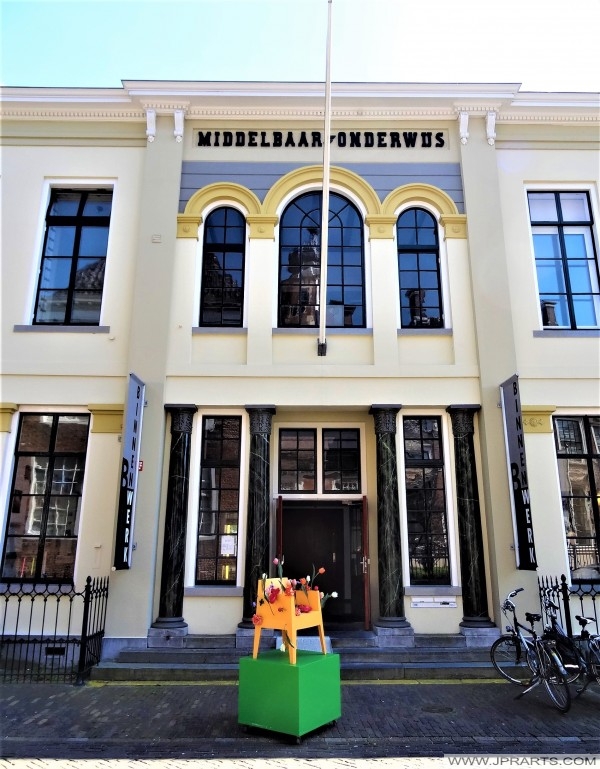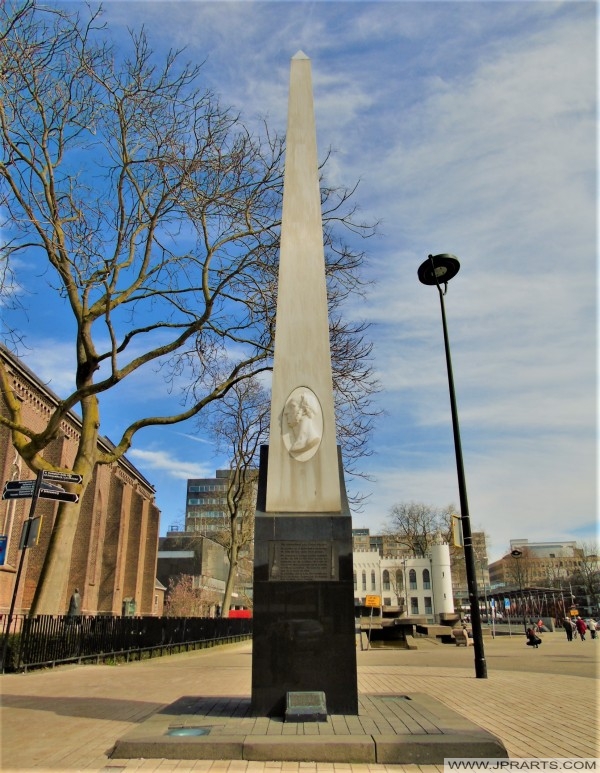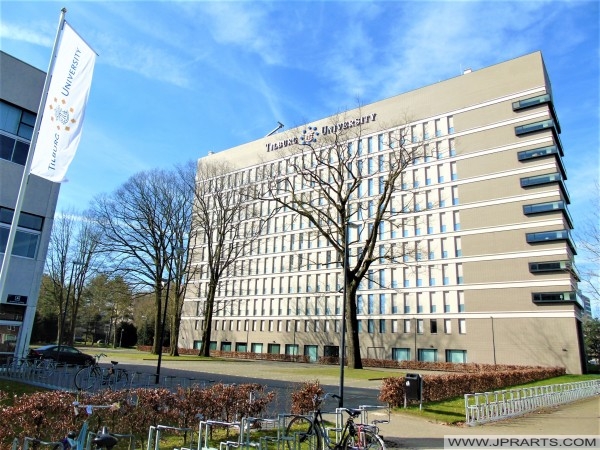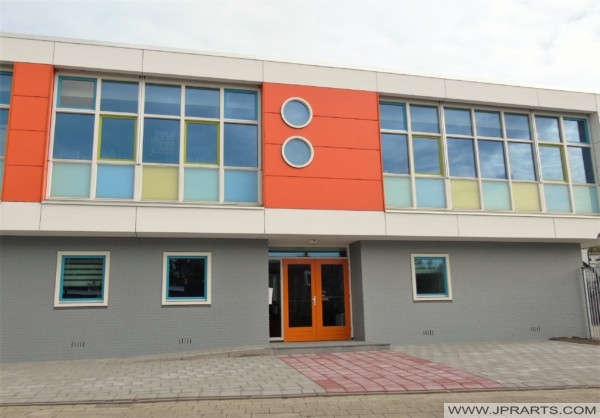The Liberal Constitution of 1848 stipulated that church and state should in principle be separated. Partly because of this, there was now a freedom of education. But paradoxically, that same liberal constitution also meant increasing centralization. King William I only had via its provincial governors and local elites into one form of indirect rule, so the Netherlands was governed much more strongly from The Hague.
Education in Limburg, The Netherlands
Educación en Limburgo, Países Bajos
Ausbildung in Limburg, Niederlande
Образование в Лимбурге, Нидерланды
Because the Netherlands had the most tolerant laws in Europe with regard to foreigners who wanted to settle, Limburg as a border province became an ideal place of exile for large groups of German clergy. With the arrival of the German orders, the number of monasteries in Limburg doubled to over a hundred, the French orders added more than fifty more. The orders often took their internal training with them. For example, major seminars were held by the Carmelites in Geleen, and by the Franciscans and Jesuits in Bleijerheide. But in many cases these were boarding schools and the pensioners came with them. Suddenly training courses for German and French children came to the Netherlands. Until the Interbellum and beyond, there were therefore a considerable number of boarding schools on Limburg territory, where education was conducted in accordance with German education legislation. The Saint Joseph College of the Franciscans in Watersleyde near Sittard, for example, continued to function as a fully-fledged German college on the basis of the German curriculum until 1967.
Education dans le Limbourg, Pays-Bas
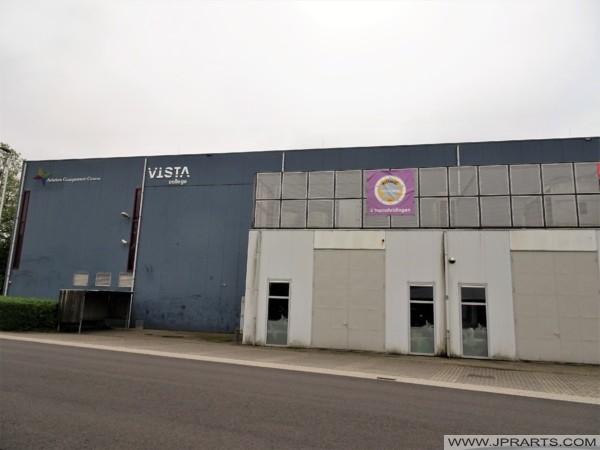
التعليم في ليمبورغ ، هولندا
A turning point in the history of secondary education in the Netherlands was Thorbecke’s Secondary Education Act of 1863, which created the HBS. The HBS would strengthen the integration of Limburg into the Netherlands. An example of this is that of the 227 successful HBS-b students of the Sint-Bernardinus college in Heerlen between 1920 and 1937, only 10 percent went on to further education abroad.
The development of the secondary school system in Limburg was broadly as follows: until the 1860s, it mainly concerned the foundation of Catholic secondary education for girls (HBS and MMS). and Catholic (M)ULOs. In addition, Catholic boys’ education was expanded in fast-growing cities such as Maastricht, Heerlen and Venlo. After the Second World War, pre-university education (VWO) also arose in smaller places such as Echt, Brunssum, Geleen, Landgraaf, Kerkrade and Horn, often from large neighboring schools. In the 1960’s educational opportunities were further expanded as the Catholic schools became mixed. Geleen was a pioneer here, where a girl already took the exams at the Roman Catholic HBS in 1949.
荷兰林堡的教育
Edukacja w Limburgii, Holandia
A process of scaling up started from the 1980s. First, MAVOs and VWOs merged to form comprehensive comprehensive schools; from the 1990s onwards, the comprehensive schools merged. For example, the Graaf Huyncollege in Geleen has in fact included all secondary education in Geleen since 1996. An important trend was the development and systematization of vocational education. In the nineteenth century, most attention was paid to general education and vocational education was left to social initiative.
The mining industry played an important role in Limburg. The mining companies lacked well-trained personnel and both the Heerlen Mining School and the Craft Schools in Venlo, Heerlen and Sittard met this need. An MTS was also established in Heerlen in 1922 from the Mining School. In 1957, like all other MTSs in the Netherlands, it would be converted into an HTS. Lower technical education, then called UTS, became MTS from then on.
Onderwijs in Limburg, Nederland
Istruzione nel Limburgo, Paesi Bassi
Visit Netherlands Travel to Book Flights and Hotels Cheap Online
Visit Courses for Online Education
Visit Cheap Shopping to Order Blu-rays, Books and DVDs Cheap Online



